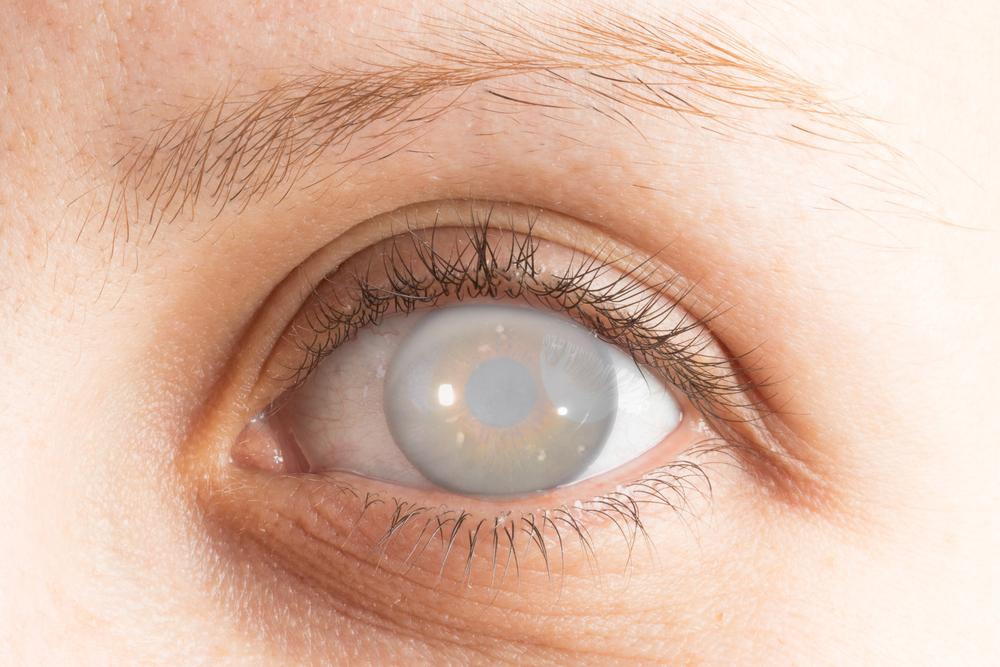Comprehensive Guide to Cataracts: Causes, Types, Symptoms, and Treatment Strategies
This comprehensive guide explains cataracts—including causes, types, symptoms, and treatment options. With aging being a primary factor, understanding the signs and surgical remedies helps preserve vision. Early detection and intervention are crucial for maintaining quality of life. The article highlights the importance of prompt treatment, including modern surgical techniques, to effectively correct vision impairments related to cataracts.

Understanding Cataracts: Causes, Variants, Signs, and Treatment Options
Cataracts are a prevalent eye condition largely associated with aging, resulting in cloudy vision that can interfere with daily activities. They are among the top causes of visual impairment worldwide. Here's essential information about what causes cataracts, their different types, symptoms to watch for, and how they can be treated.
What exactly is a cataract?
The eye’s natural lens, located behind the iris and pupil, plays a crucial role in focusing light for clear vision. A cataract occurs when this lens becomes cloudy, leading to blurred sight.
Factors Causing Cataracts
Several elements can contribute to cataract formation, including:
The natural aging process
Underlying health conditions
Genetic predispositions
Prolonged use of steroid medications
Smoking, excessive alcohol consumption, obesity, high blood pressure, and UV light exposure
Types of Cataracts
The classification of cataracts depends on their location and development within the lens, such as:
Nuclear cataracts: Affecting the central part (nucleus) of the lens.
Cortical cataracts: Forming at the lens edges with spoke-like patterns moving inward.
Posterior subcapsular cataracts: Developing at the back of the lens, common in diabetic individuals.
Traumatic cataracts: Resulting from eye injuries, sometimes appearing years later.
Congenital cataracts: Present at birth due to genetic factors or infections.
Signs and Symptoms
Indicators include declining visual clarity, blurred or foggy sight, difficulty seeing at night, heightened light sensitivity, halos around lights, and double vision.
Treatment Options
In early stages, vision can often be improved with corrective lenses. As the cataract advances and hampers daily life, surgery is typically recommended. The procedure involves replacing the clouded lens with an artificial intraocular lens, offering a safe, outpatient approach with quick recovery and excellent results, restoring sharp vision effectively.


